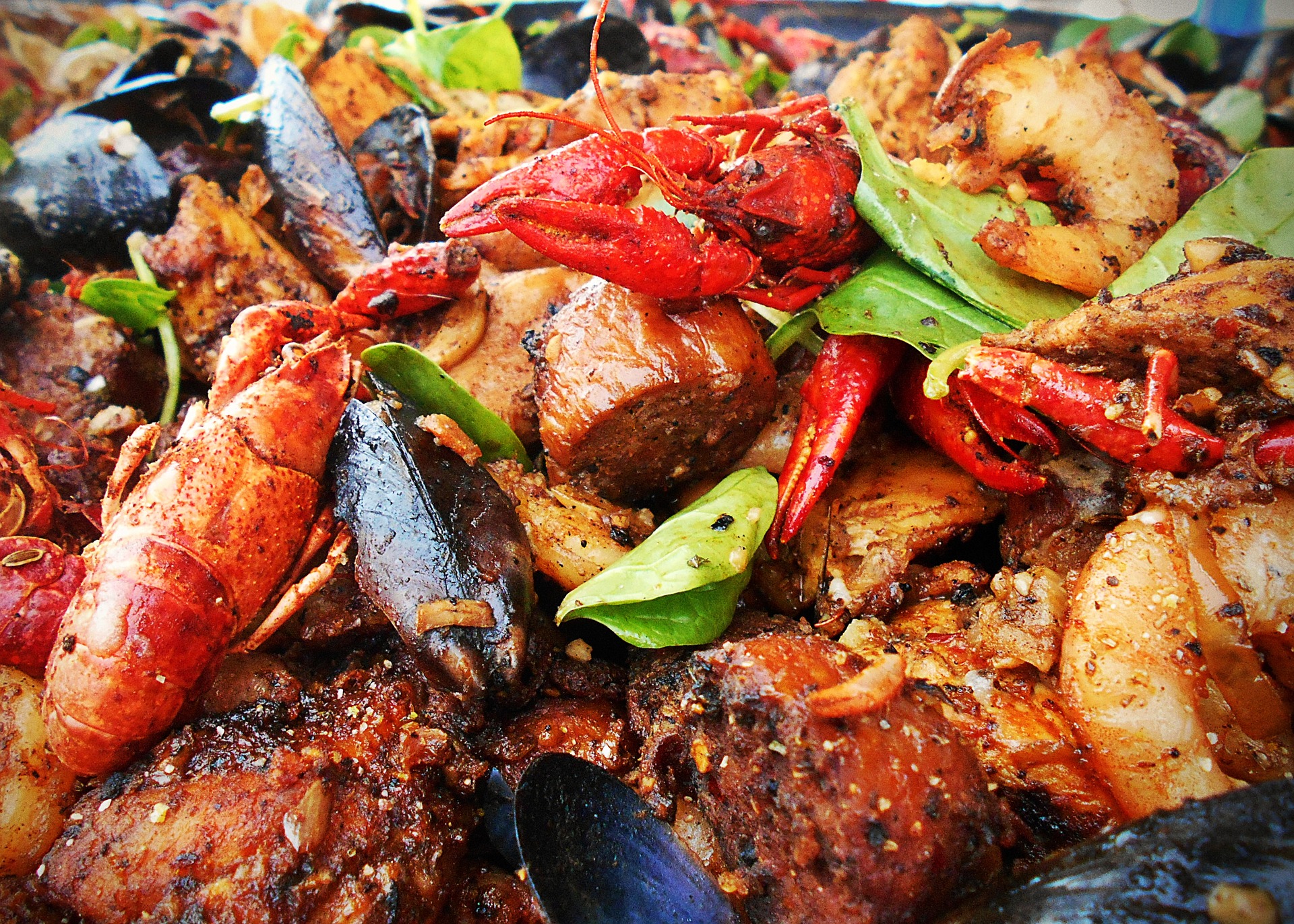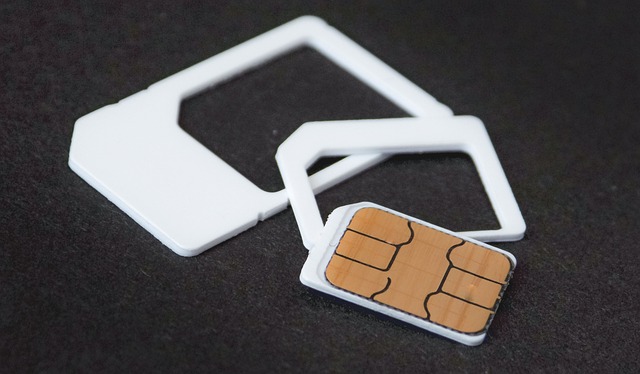Discovering the Delights of Moroccan Cuisine: A Journey of Flavor
Moroccan cuisine is a mesmerizing blend of Mediterranean, Arabic, Andalusian and Berber cuisines. A rich tapestry of vibrant spices, succulent meats, and fresh vegetables, Moroccan dishes are a delight to the senses. This article will take you on a culinary journey, exploring the unique flavors and cooking techniques that make Moroccan cuisine so extraordinary.
Delve into the Aromatic World of Moroccan Spices
Moroccan cuisine is renowned for its use of spices. The most commonly used are cumin, coriander, saffron, chilies, dried ginger, cinnamon, and paprika. Ras el hanout, a blend of 27 spices, is considered the spice king of Moroccan dishes. These spices are used not just for their flavor, but for their health benefits as well.
A Taste of Traditional Moroccan Dishes
At the heart of Moroccan cuisine are traditional dishes like couscous, tagine, pastilla, and harira. Couscous is a staple food, often served with a variety of vegetables and meat. Tagine, named after the earthenware pot it’s cooked in, is a succulent stew with a myriad of flavors. Pastilla is a unique sweet and savory pie, while harira is a hearty soup often enjoyed during Ramadan.
The Art of Moroccan Bread-Making
Bread, known as ‘khobz’ in Arabic, is a fundamental part of Moroccan meals. From simple loaves to stuffed breads, the variety is astounding. Msemen, a flaky, square-shaped pancake, and baghrir, a spongy, honeycomb-like pancake, are two types of Moroccan breads that are definitely worth trying.
Moroccan Tea: More Than Just a Beverage
In Morocco, tea isn’t just a beverage, it’s a sign of hospitality, friendship, and tradition. Moroccan mint tea, also known as ‘Berber whiskey’, is served throughout the day and for all occasions. It’s an intricate blend of green tea, fresh mint, and a generous amount of sugar, served in small glasses from a height to create a frothy head.
The Sweet Side of Morocco
Moroccan desserts are a delightful end to any meal. Most are made with honey, nuts, and fruits, key ingredients in Moroccan cuisine. Some favorites include chebakia, a flower-shaped cookie soaked in honey and sesame seeds, and kaab el ghzal, a pastry filled with almond paste and topped with sugar.
A Glimpse Into Moroccan Food Culture
-
Meals are a social event. It’s common for families to gather around a communal dish, often using bread as a utensil.
-
Street food is a big part of Moroccan food culture. Snails in broth, grilled corn, and fresh orange juice are popular choices.
-
Many Moroccan dishes have symbolic importance. For example, couscous is often served on Fridays as a tradition and gesture for good luck.
Conclusion
The world of Moroccan cuisine is a captivating blend of flavors, techniques, and cultural influences. Each dish tells a story, each spice adds a new layer of depth, and each meal is an opportunity to gather, connect, and celebrate. By exploring Moroccan cuisine, you’re not just discovering new tastes—you’re embarking on a rich, cultural journey. So, why not start today?





